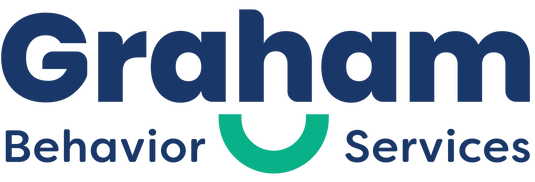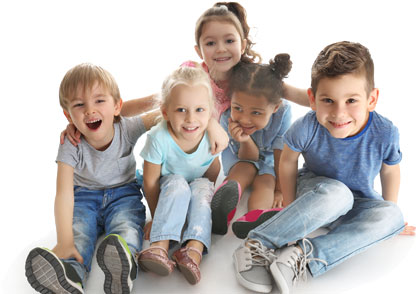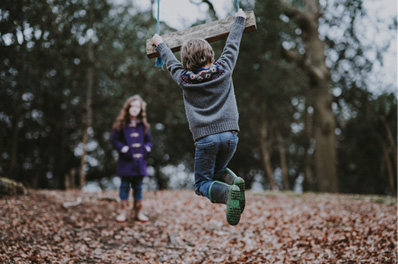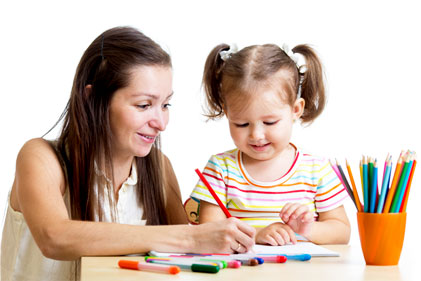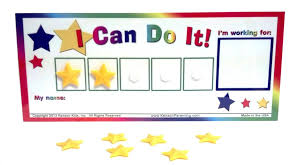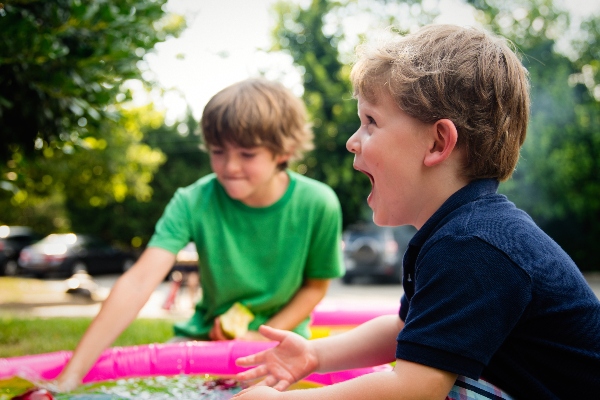Now is a more important time than ever to stop the spread of germs and illness. We all know a major way to do this is to wash our hands. For children, and people with autism and other developmental disabilities, this may be difficult to teach for multiple reasons. The reason we all wash our hands is because we understand the reasons we need to. We don’t want to get sick and we don’t want to get others sick. This may be difficult for some children to understand. Also, poor attending and motor skills may cause people with developmental disabilities to have difficulty completing all the steps necessary to thoroughly wash their hands.
How can you teach your child to wash their hands?
RULES
It helps to teach rules. Rules for washing hands include times throughout the day they should always wash their hands. This could be after using the restroom, before eating, and after playing outside or being in the community. Rules also include the specific steps that they should always follow when washing their hands. Specifying rules and consistently teaching and enforcing the rules teach children that there are no exceptions. So for people that don’t understand why they need to wash their hands, they just build it into their routine that there are certain times they wash their hands and they wash their hands the same way every time.
 VISUALS
VISUALS
Provide a visual. Visuals help children remember to wash their hands and can help them learn how to do so correctly. First, think about all the steps you
follow when you wash your own hands. This may include turning the water on, pumping soap into your hands, rubbing your palms together, rubbing the back of your hands, rubbing between your fingers, rinsing the soap off, and turning the water off. You can include in the visual how long your child should perform each step or you could teach them to count out loud. For kids who can read, include a list of written steps that is posted in the bathroom near the sink. For nonreaders, use pictures. You can use Google Images or have a family member take a picture of your hands as you perform each step.
PROMPTS
Try to let the posted visual teach them what to do. But if you find they need some teaching to learn what each step means or how to complete the steps correctly then use physical prompts to do so. You want to stay behind your child and use your hands to prompt their hands to perform each step. Limit verbal directions and praise. Try not to say anything. You want them to rely on the visual rather than you so that you don’t always have to be there. If needed, guide their hand to point to the visual as a reminder they should be following it.
FADING
Finally, fade prompts and proximity. Allow your child to perform steps independently if they can and only go in to prompt steps if needed. Once your
child is completing each step without your physical prompts, try moving back a couple feet. If they continue to respond correctly then move back to the doorway then out the room. The goal is to be out of sight while they continue to wash their hands correctly. If they make errors then go in and provide physical prompts. The next time the child washes their hands move back to the location where you previously were. So if you were standing in the doorway and they began to error, move to within a couple feet of them. Then once you see they are no longer making errors move back to the door and continue the fade process.
You can also check out my Parent Coaching video, Teaching Your Child Independence!
Interested in starting services? Contact us to get the process started!
